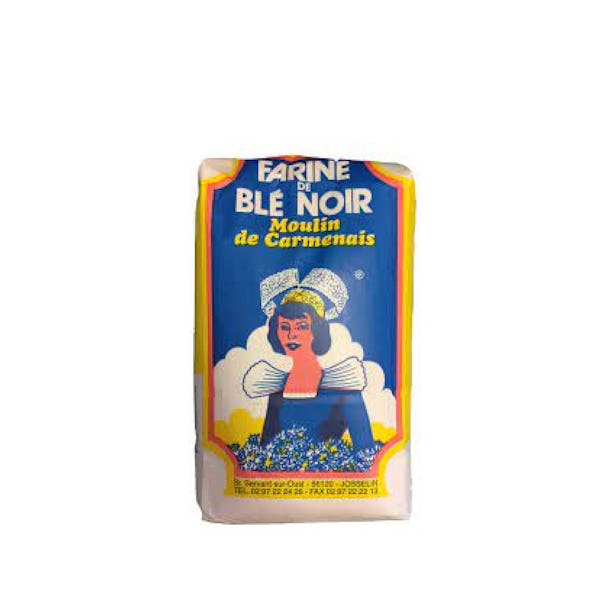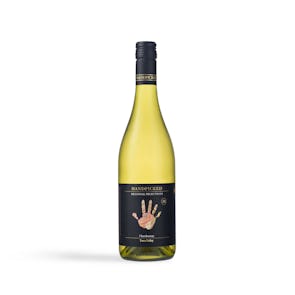
TASTING NOTES FROM THE CURATOR
Made with traditional methods and artisan means, Moulin de Carmenais ensures that everything that comes from their Brittany mill uses only the best ingredients, and is carefully prepared and made to ensure superior quality. This authentic buckwheat flour has a grassy, earthy, nutty flavor. It’s darker in color to regular flour, but has a sweet aroma. It’s usually used in pancakes and waffles, and is a great gluten-free alternative to regular flour.
PREPARATION AND PAIRINGS
Brittany is the home of crepes and galettes, especially the galette de sarrasin. Called “kaletez” in Breton language, it’s a savory pancake made of buckwheat flour (“sarrasin” means “buckwheat” in French). It’s a wonderful breakfast food, and so healthy and delicious, too! Pair it with a steaming cup of coffee, and it’s perfect for slow mornings. You can put any savory topping into a galette de sarrasin, but here’s a version with spinach, cheese and egg:
- Make your filling by draining your spinach, and heating it in a saucepan on medium heat. When it starts to wilt, stir in cream, and season with salt and pepper. Set aside.
- Combine your Moulin de Carmenais Buckwheat Flour with salt in a large bowl. Add in egg and milk, and beat until a smooth paste forms. Stir in more milk to make the batter thinner. Stir in melted butter.
- Heat up a frying pan, lightly coated with vegetable oil.
- Spoon some batter into the hot pan, and gently swirl it until the batter rolls toward the edges. Cook on medium heat for 2-3 minutes, until base is golden.
- Turn the galette over and cook for another 1-2 minutes.
- Carefully place some of your spinach mixture onto the middle of the galette. Sprinkle some shaved cheese (you can use Comte or Gruyere).
- Break an egg into the middle of the spinach-cheese layer, and fold the sides of the galette toward the middle, covering the egg whites.
- Cook until egg is done. Serve immediately.
A SUSTAINABLE SEED
Despite its name having the word “wheat” in it, buckwheat is not actually made of wheat or grain. Often called a “pseudocereal,” it’s actually a seed, but its starch content and composition resembles grain. It originated in Yunnan, in Western China, and is the world’s highest-elevation domesticate. It was cultivated on the edge of the Tibetan Plateau in Yunnan. It has also been found in Southeast Asia, Central Asia, and Japan. It eventually found its way to Europe in the Middle Ages, and from there, made its way to North America. Buckwheat is a sustainable crop, doing well in high elevation areas, in poor quality, acidic, or sandy soil, and it has a short growing season.
Storage Instructions
Most people find it easiest to keep flour in the pantry but it is essential to avoid warm and/or sunny spots. A cool, dry place is best. To keep flour super-fresh, store it in the freezer or fridge (an airtight container is still best). It might be an especially good idea to do so if your house runs warm and is most of the time humid, or if you simply don’t go through flour very quickly. The cold does not noticeably affect the texture, so you can easily scoop out just the amount you need, but let the flour come to room temperature before you use it for best results, especially when baking.
Flour will keep for at least one year if stored properly.








